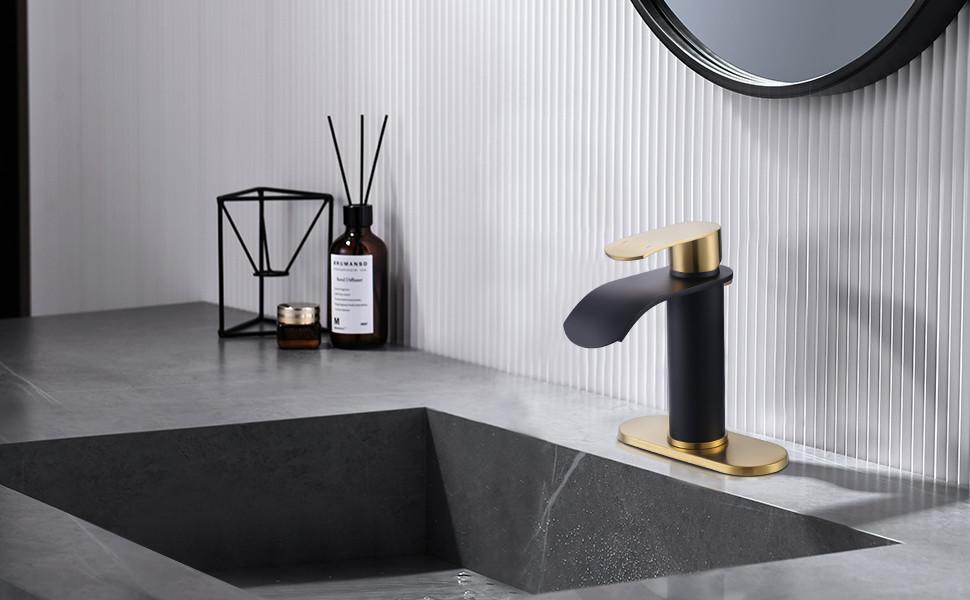
When entering an abandoned house, most people instinctively look around for signs of decay—broken windows, peeling paint, or dusty furniture. But if you’re smart, the first thing you should check isn’t the structural integrity or leftover belongings—it’s the faucet.
It may seem like an odd priority, but a faucet can reveal a surprising amount of information about the house, its history, and even its safety. Whether you’re an urban explorer, a real estate investor, or just a curious wanderer, checking the faucet first can save you from trouble, give you insights into the property’s condition, and even unveil hidden dangers.
1. Water Flow: A Clue About the Property’s Status
The most obvious reason to check the faucet first is to see whether the water is still running. Many abandoned homes have had their utilities shut off for months or years, but sometimes, the plumbing remains intact.
If water comes out when you turn the faucet, it means the property is still connected to a municipal water source or a well. This could indicate that the house is not fully abandoned and may have an owner who still pays for basic utilities.
If no water comes out, it could mean the pipes are shut off—or worse, broken. In colder climates, frozen pipes could have burst, leading to leaks or hidden structural damage.
If the water comes out discolored, you might be dealing with rust buildup or contamination from stagnant water sitting in the pipes for too long.
In short, the faucet tells you whether the house still has active plumbing, which can be a major factor in determining its habitability or potential renovation costs.
2. Checking for Leaks and Water Damage
A simple twist of the faucet handle can give you more than just a stream of water—it can reveal serious problems within the home.
If the faucet is leaking, even without being turned on, there could be hidden pipe damage behind the walls. This is a red flag for potential flooding or mold issues.
If turning on the faucet causes strange noises (banging, gurgling, or whistling), there could be air trapped in the pipes, a sign of long-term disuse or plumbing system failure.
Damp cabinets under the sink could mean previous leaks have already started rotting the wood or attracting pests like termites and rodents.
Water damage is one of the most expensive issues to fix in a house, and the faucet is often the first clue that it’s lurking somewhere behind the scenes.
3. Signs of Squatters or Recent Activity
Abandoned homes are sometimes occupied by squatters, travelers, or even previous owners who haven’t fully moved out. Checking the faucet can help you figure out if someone has been using the property recently.
If the faucet is clean and recently used, someone may have been living there or visiting.
If there are fresh soap or toothpaste residues, the bathroom sink might still be in use.
If the faucet is covered in dust and rust, it’s likely that no one has used it in years.
This small observation can make a huge difference—if the house isn’t truly abandoned, entering without permission could mean you’re trespassing. It also alerts you to potential safety risks, as encountering squatters unexpectedly can be dangerous.
4. Potential for Hidden Plumbing Disasters
One of the biggest nightmares in any house—abandoned or not—is a burst pipe. Even if the faucet itself doesn’t work, the act of turning it on can give you clues about what’s happening behind the walls.
If you hear dripping or hissing after turning the faucet, there may be a cracked pipe somewhere in the system.
If water starts leaking from unexpected places (walls, ceilings, or floors), the pipes could be severely damaged.
If there’s no pressure at all, it could indicate that the main water supply line has been severed or disconnected.
Unchecked plumbing problems can lead to major structural issues. In some cases, an abandoned house might already have severe water damage hiding under floorboards or inside walls, waiting to cause a collapse.
5. Contamination and Health Risks
Even if the water is running, that doesn’t mean it’s safe. Many abandoned properties have outdated plumbing systems, and contaminants can build up in stagnant pipes.
Rusty or brown water indicates high levels of iron and possible corrosion in old metal pipes.
Cloudy or milky water could mean trapped air, bacterial growth, or excess minerals.
A foul smell (such as rotten eggs) could be a sign of sulfur bacteria or sewage contamination.
Black or slimy residues could indicate mold growing in the plumbing system.
Drinking or even touching contaminated water can lead to serious health risks. If you’re exploring an abandoned house, never assume the water is safe—checking the faucet first can prevent you from making a dangerous mistake.
6. Signs of Past Renovations (or Lack Thereof)
A faucet isn’t just a utility—it’s also a timestamp. By examining the faucet style, condition, and installation, you can get an idea of how well the house was maintained before it was abandoned.
A brand-new, modern faucet could mean someone was recently trying to renovate or flip the house.
A rusty, corroded, or outdated faucet suggests that no one has maintained the plumbing for decades.
If the faucet is missing entirely, it could mean that scavengers have stripped valuable materials like brass or copper from the house.
Noticing these small details can help determine how long the house has been empty and what condition the rest of the infrastructure might be in.
7. A Simple Way to Test for Electrical Issues
Surprisingly, checking the faucet can also help you figure out if the house still has electricity. In some homes, water pumps and filtration systems require power to function.
If the house uses a well system and nothing comes out of the faucet, the electricity might be off, affecting the water pump.
If water trickles out weakly, there may be low pressure due to a failing or disconnected pump system.
This is a quick way to determine whether utilities are still connected without messing with dangerous electrical panels or outlets.
Final Thoughts: The Faucet Is Your Best Clue
An abandoned house holds many mysteries, but checking the faucet first can tell you more than you’d expect. From the house’s status and plumbing condition to possible squatters, contamination, or hidden disasters, this one simple action can save you from bigger problems.
So next time you step into an abandoned home, don’t just look at the walls, ceilings, or furniture—go straight to the faucet. It might just be the smartest move you make.
 WOWOW Faucets
WOWOW Faucets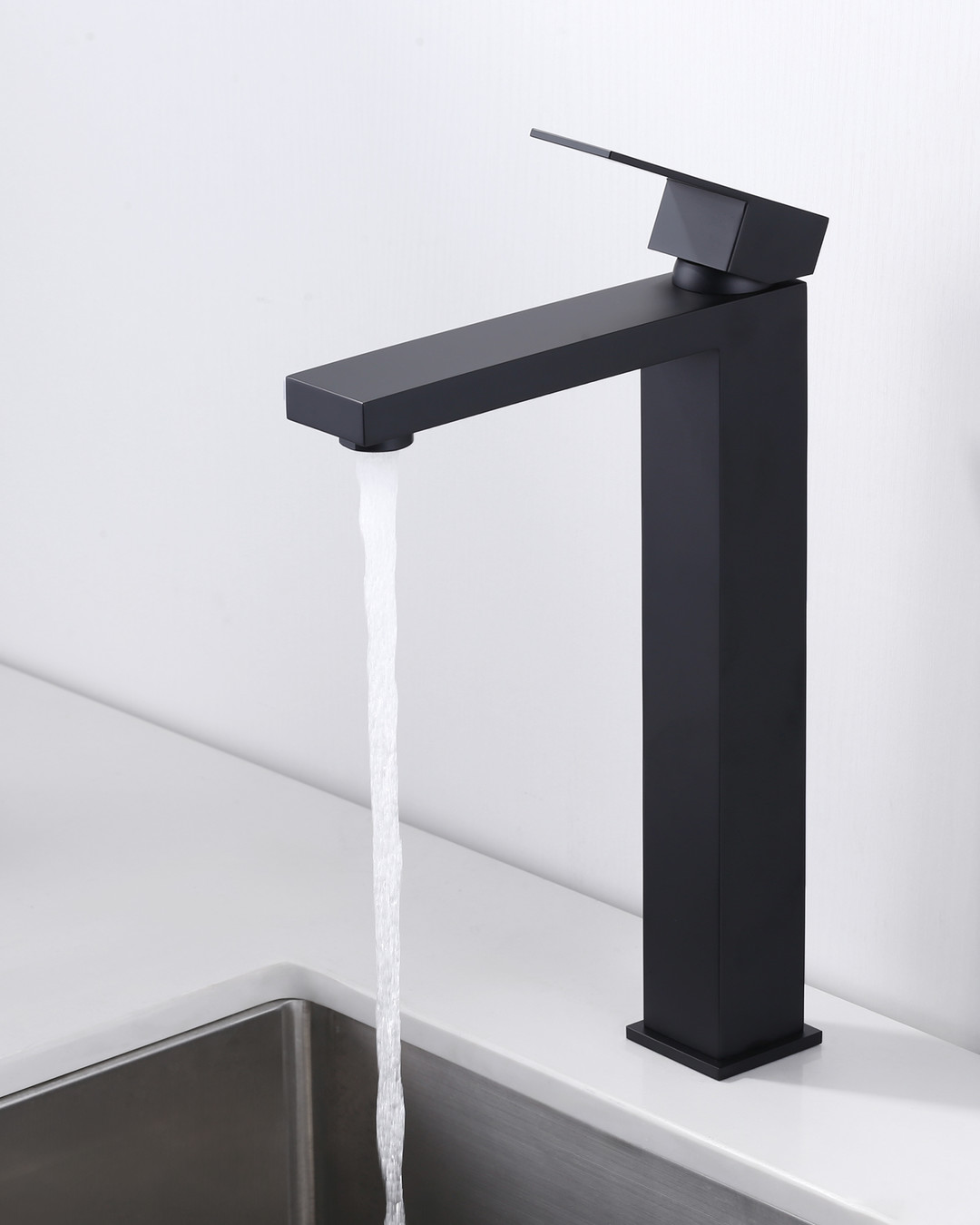
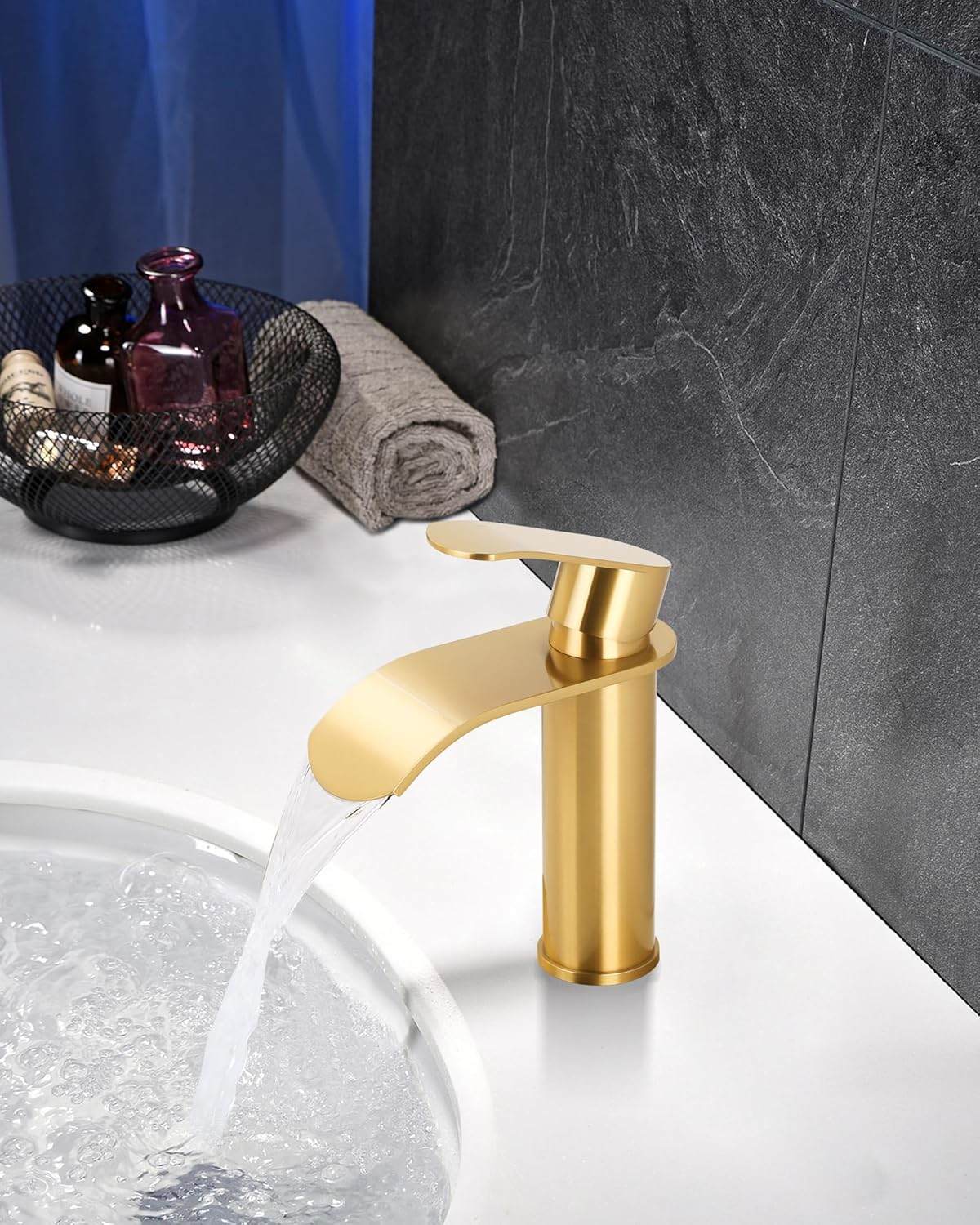
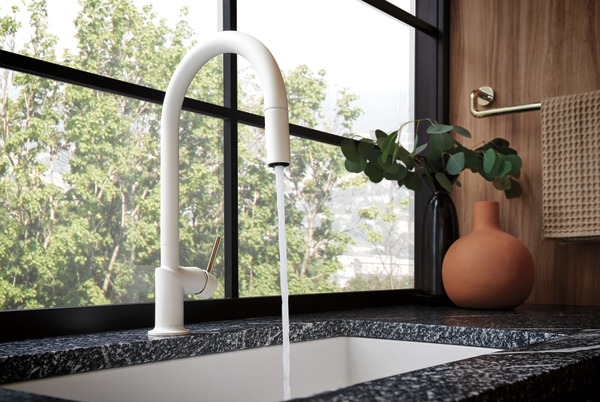
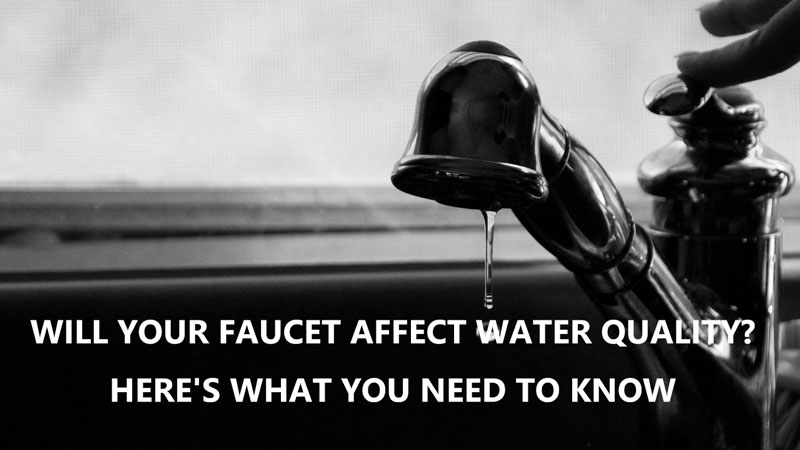
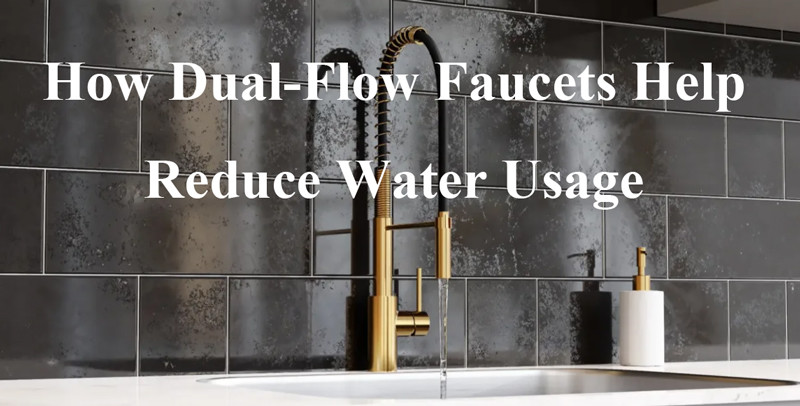
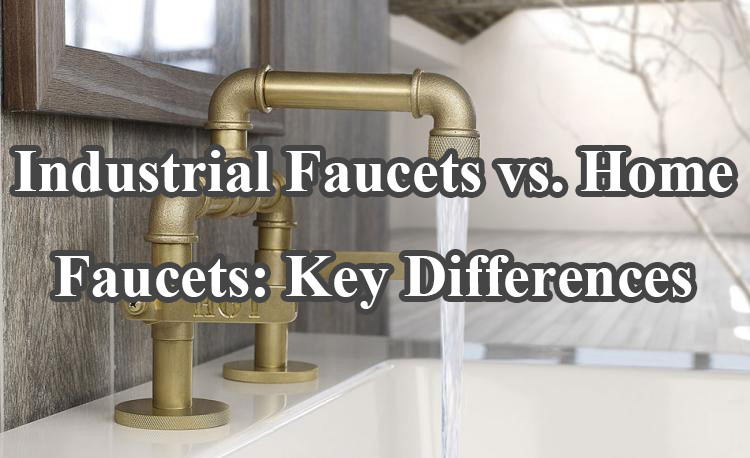

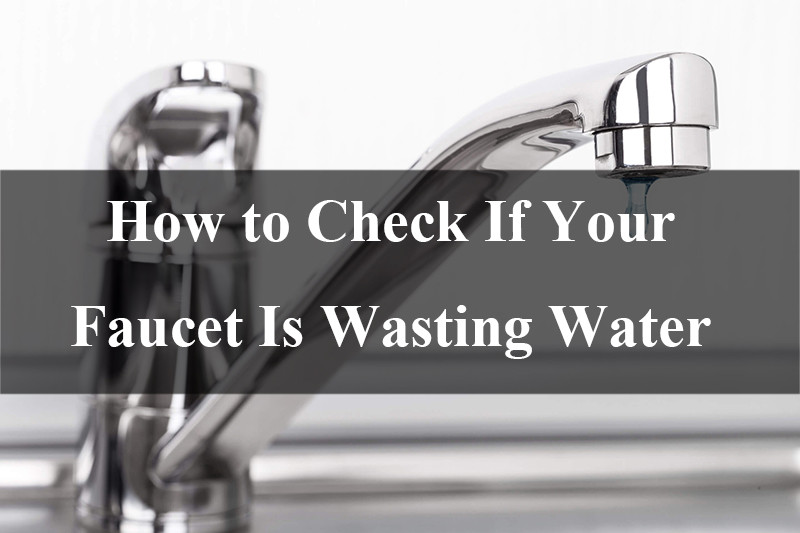
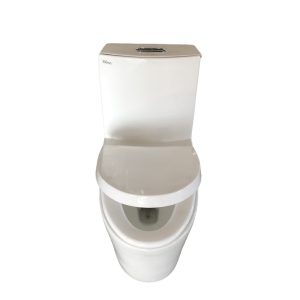
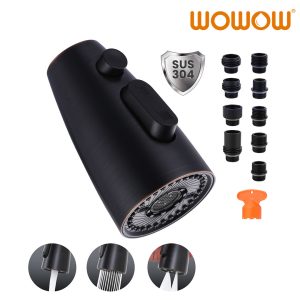
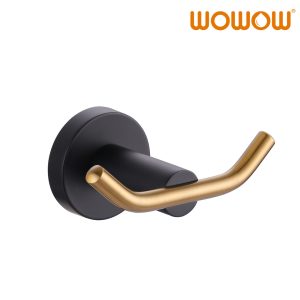
您好!Please sign in